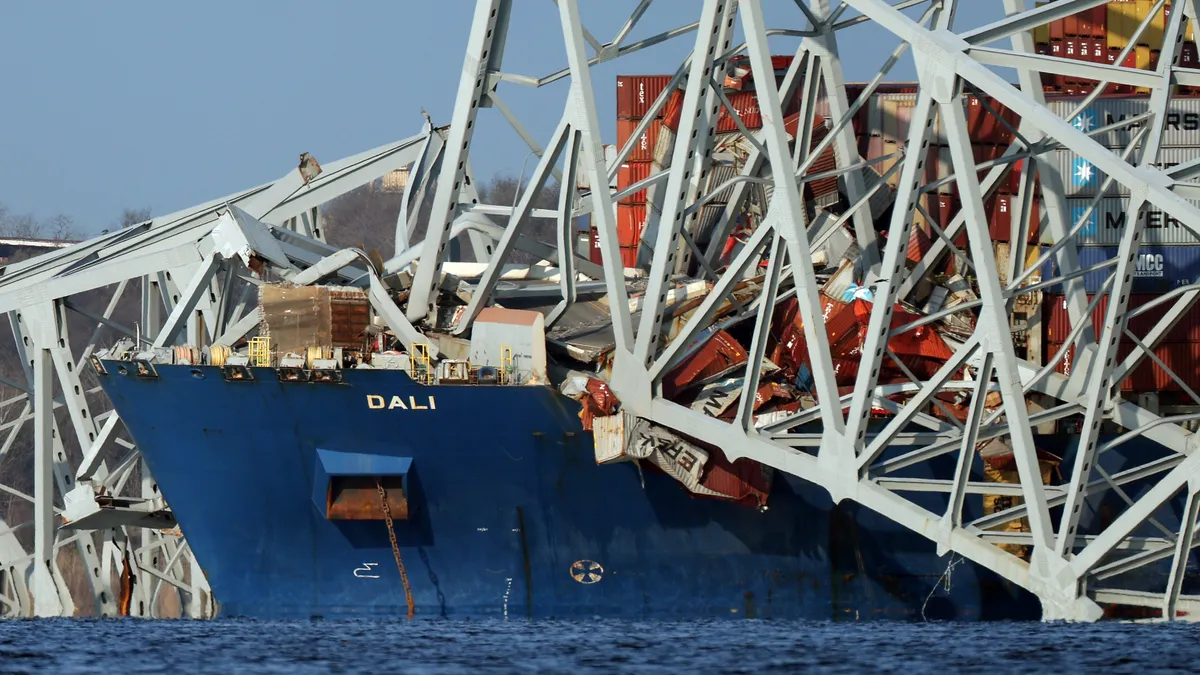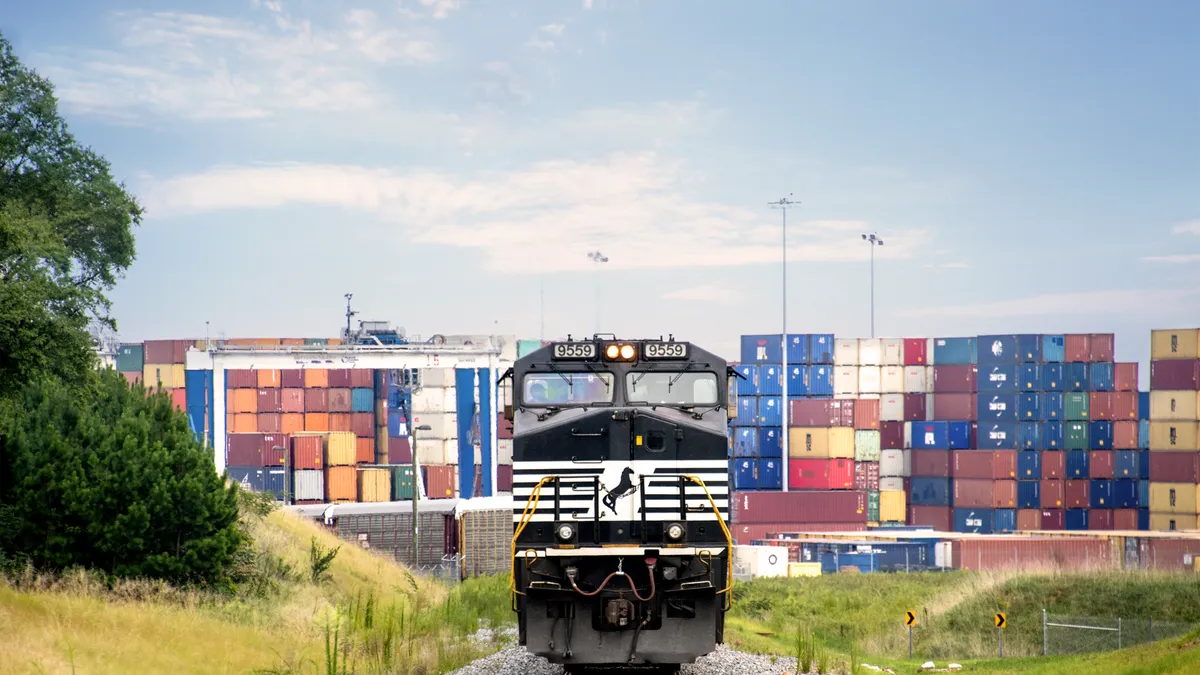Wallenius Wilhelmsen estimates that it will face a loss of about $5 million to $10 million from disruptions near the Port of Baltimore, the carrier said in a news update on Wednesday.
Baltimore is a key hub for the ocean carrier which handles imports and exports of cars and heavy equipment to and from North America.
After the collapse of the Francis Scott Key Bridge, the ocean carrier’s vessel Carmen was at the Port of Baltimore working on cargo operations. Planned cargo operations were completed at the port prior and the vessel, along with the crew, are waiting for clearance to sail once the channel reopens.
“There are no verified estimates for when the channel will reopen again. We currently expect the closure to last for weeks and have based our impact estimates on that assumption,” the carrier said.
Wallenius Wilhelmsen is basing its estimated net loss from the reduction of logistics operations in Baltimore, Carmen unable to exit the port and other disruptions to its shipping operations. The carrier is working on mitigation plans such as rerouting cargo to and from U.S. terminals.
The carrier is also working with various port authorities, partners and stakeholders to provide alternative solutions. These efforts are “minimizing the effect this unforeseen situation is having upon our employees, customers and ongoing operations,” the carrier said.
East Coast ports have expressed readiness and willingness to receive cargo from vessels diverted from Baltimore. Those ports include the Port of Virginia and Port of New York and New Jersey.
So far, vessel traffic remains halted but trucks are still being processed inside the Port of Baltimore’s marine terminals, according to a Friday update from the port. Two temporary alternate channels opened near the Francis Scott Key Bridge to allow transit for commercially essential vessels and critical response resources.

































